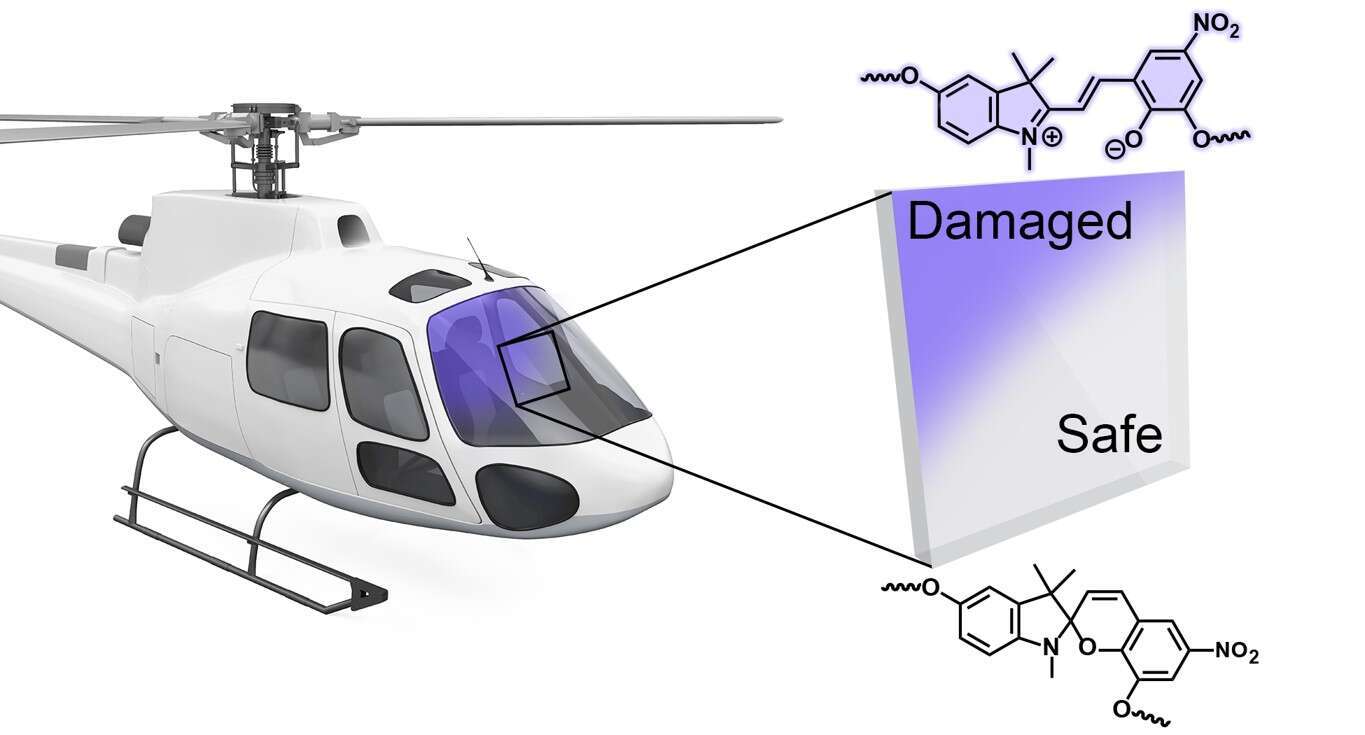
Enabling room temperature mechanochromic activation in a glassy polymer: Synthesis and activation of spiropyran polycarbonate
Mechanochromic polymeric systems, which generate noticeable color/fluorescence changes under mechanical stimuli, have been intensively investigated as an autonomous means for monitoring strain, stress and/or warning against damage. However, the application of mechanophores in stiff glassy polymers remains limited, since brittle failure typically precedes the mechanochromic activation. Hence, the development of an efficient mechanochromic system in glassy polymers that can function under ambient conditions is needed. We present the incorporation of spiropyran mechanochromic functionality in bisphenol A polycarbonate. We use dihydroxyspiropyran as bisphenol monomer which eliminates the need for laborious spiropyran functionalization. The co-polymer demonstrates the high glass transition temperature, toughness and stiffness associated with polycarbonate while boasting the desired mechanochromic activity at room temperature. The mechanical activation of spiropyran is thoroughly evaluated in response to changes in stress, deformation and time and shows a complex dependence on the combination of these factors. In addition, we show how a mechanochromic laminate serves as a sensor for surface plasticity detection and proves to be an economical alternative to the uniform dispersion of costly mechanophores. Insights from this study provide better understanding of the processes that govern microscopic stress accumulation in glassy polymers and lead us closer to the application of mechano-responsive materials.

Powered by Eventact EMS